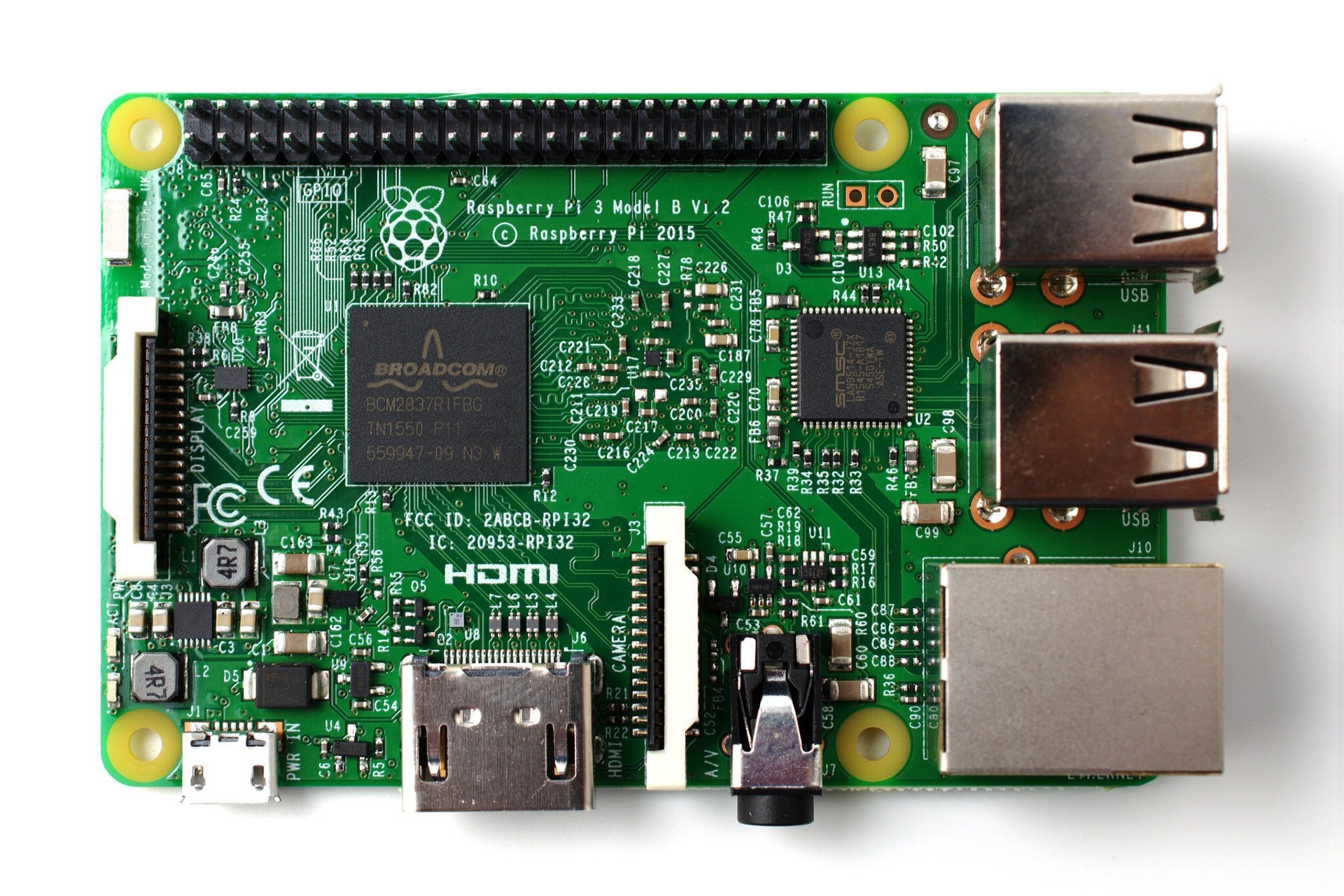Overview
This overview includes steps and an example of how to geo-locate a Raspberry PI device. Similar steps can be utilized to locate any other IoT or mobile device that can send Wi-Fi scan events of nearby access points (APs), cellular, and GPS information.The location information can be utilized for locating, tracking and managing devices or resources, geo-fencing and other geolocation use cases.
Location Process
- The device collects information from all of the Wi-Fi Access Points (APs), cellular, and GPS sources.
- Information collected includes SSID, MAC Address and Signal Strength.
- Communication with the APs is not required
- Devices in urban areas typically receive greater than 40 APs
- The requesting cloud application, using Skyhook/TruePosition's Location API, passes the collected information to TrueFix cloud servers.
- TrueFix calculates the possible location of the device based on the scan information provided.
- Wi-Fi access points utlize the crowd-sourced database.
- The crowd-sourced database can be cloud-based or be on-premise.
- TrueFix returns the device location back to the device and requesting cloud application
Open Hack Nice 2016 Information
- HTTPS API Specification
- Open Hack Nice 2016 Raspberry PI IoT platform
- Raspberry PI 3 device
- The Raspberry PI device location (latitude, longitude and uncertainty radius) will be calculated using Wi-Fi AP information only, unless the Hack teams add a cellular modem or GPS unit to their Raspberry PI.
- Location API Key - 905LNDztxxTFER1Zuvj3v82lleE5w9FnbG02jLJIwtxxRLajE1wX43vW4b0sZdRL
- Location API URL - https://tfdemo-lg.trueposition.com:8443/wps2/location
- POSTMAN Collection
